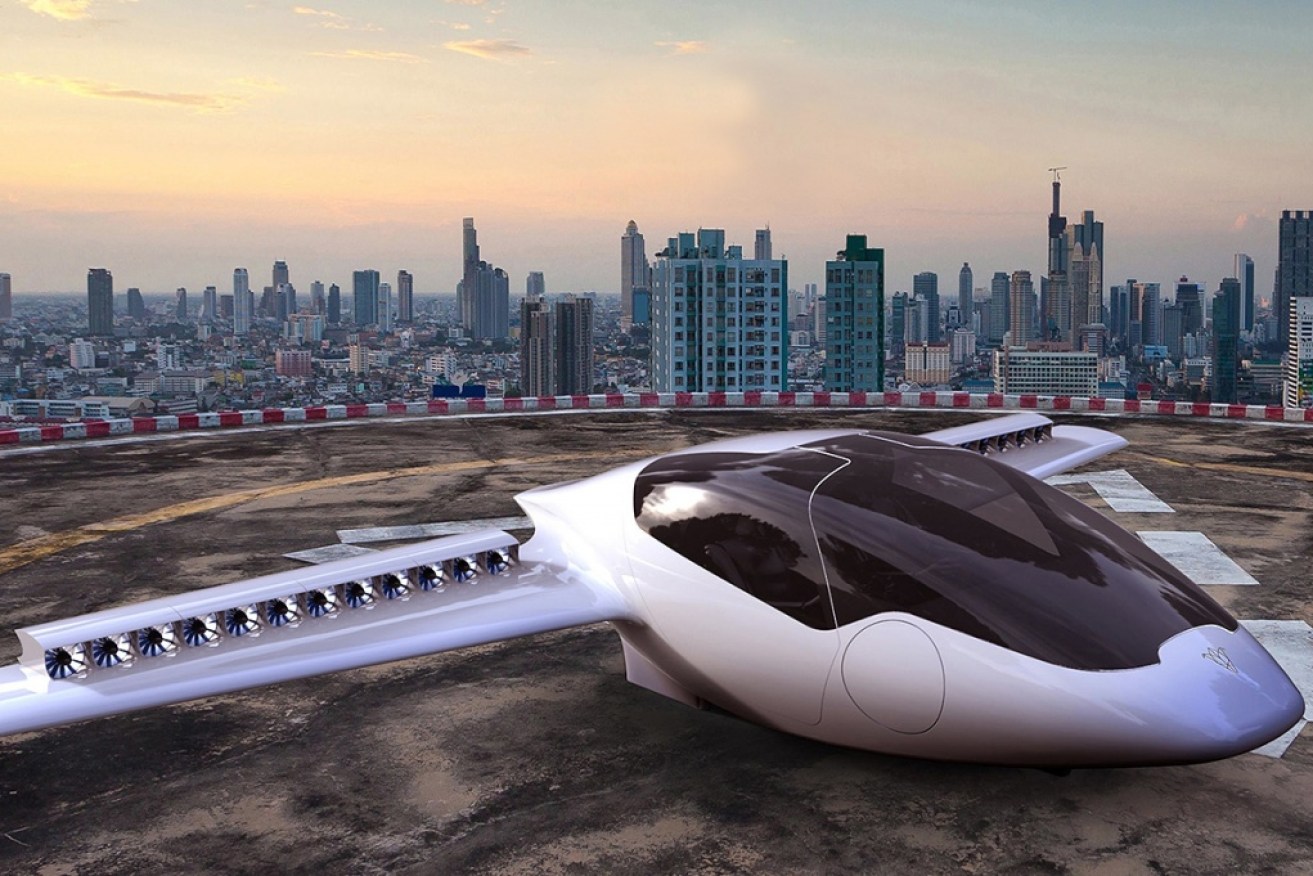No kidding, flying cars could be coming as soon as this year


Flying cars could be commercially available this year.
Flying cars are coming soon, they say. Woo hoo!
We’ve heard it all before – along with dreams of jetpacks – but now Uber says it plans to trial a vertical take-off and landing ride-hailing service in three years. It’ll give coming home high from a party new meaning.
Uber knows how to dominate a conversation, and get media attention, but in terms of flying cars, the company is running well behind the competition in getting airborne.
Last week, a Slovakian company AeroMobil launched its simply-named Flying Car at a super car show in Monaco. According to the company’s website, the launch “fulfils the company’s commitment to deliver a commercially available flying car in 2017 and be ready to take pre-orders for the limited first edition”.

Aeromobil’s flying taxi will be ready to take passengers this year.
Initially, 500 Flying Cars are being produced for market. Price tag: $1.5 million each.
“The first vehicle is intended to create a buzz,” Stefan Vadocz, AeroMobil’s chief communications officer, told Newsweek.
“Eventually, though, we want to build a mass-market flying car, which is autonomous and can fly anyone.”
The company says the vehicle – built for use on the road as well as the sky – can travel in almost any weather conditions, with a flying range up to 1000kms.
What if something goes wrong? The company offers an assurance that their flying car “incorporates the very latest in vehicle recovery ballistic parachute technology, designed to bring an airborne vehicle back to ground safely should the pilot choose to deploy it.”
Aeromobil is one of at least a dozen big companies experimenting with small and handy flying vehicles.
Lilium, a German start-up, boasts the Eagle, the world’s first electric jet, powered by 36 electric fans mounted on 12 movable flaps.
At take-off, the jet’s flaps point downwards for vertical lift. Once airborne, the flaps shift into a horizontal position, providing forward thrust.
Last week, the Eagle completed a test run over Bavaria. Range: 300km. Top speed: 300 km/h.
Next off the Lilium drawing board: a five-seat vehicle to be deployed in a ride-hailing service.

The Kitty Hawk flyer will be confined to “uncongested” areas.
Google founder Larry Page – also last week – revealed the working prototype of his Kitty Hawk Flyer. Not so much a car, more the child of a jet-ski and a giant version of the electric drones being flown by kids in city parks.
There’s no driving along the highway – instead of wheels, the Kitty Hawk has sea-plane floats for landing and parking on water. Restrictions will confine the Kitty Hawk to “uncongested areas” when it goes on sale, purportedly at the end of the year.
Still, the Kitty Hawk website is upbeat: “We’ve designed our first version specifically to fly over water. You don’t need a pilot’s license and you’ll learn to fly it in minutes.”
Sadly, the soap-bubble exhaust – as first seen on the old Jetsons TV show – is still under development.








